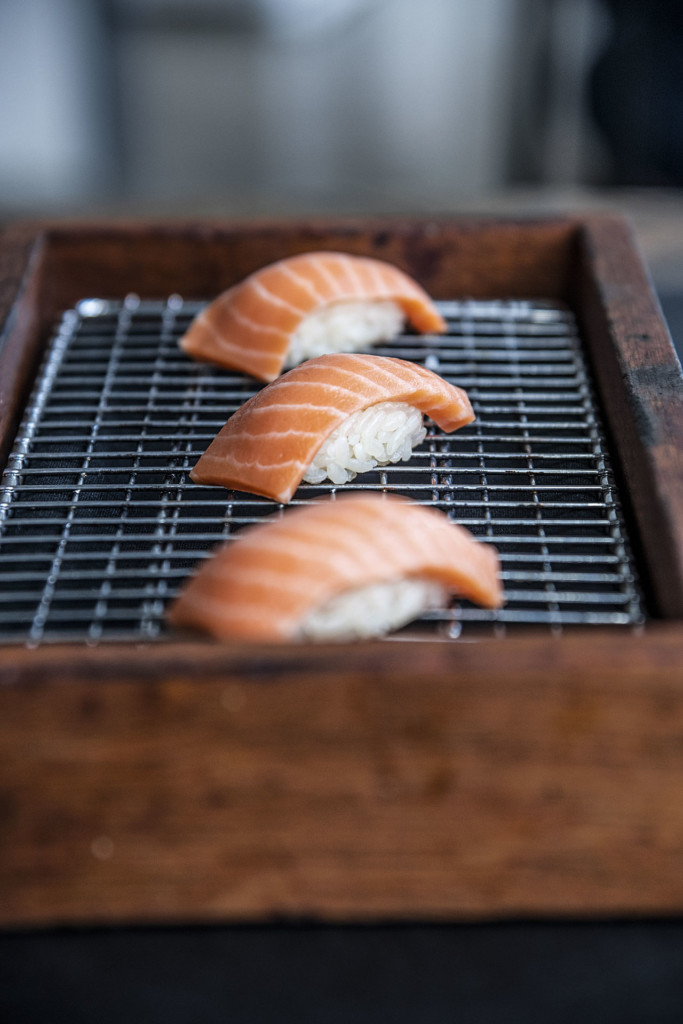What will it take to make enough fish from cells to feed the world? If so, what will it take to make enough fish from cells to feed the world? Find out from Co-Founder Arye Elfenbein of Wildtype on this episode of The Plantbased Business Hour with Elysabeth Alfano.
Specifically, they discuss:
- The benefit of cultivated fish over wild-caught or commercially farmed fish,
- How Wildtype procures their cell lines,
- What is the medium used for cell growth?
- How hard is it to scale, and
- Is FDA approval pending?
Here is a short clip and transcript from their conversation. Podcast here.
Elysabeth: I’m able to try cultivated fish, seafood, and salmon for the very first time. What do you use for your cell lines and how prolific can those be?
Arye Elfenbein: Yeah, these are great questions. The cell lines that we use- everything that you tried today and everything that you saw- came from one fish about three and a half years ago. We actually haven’t needed to go back to the animal for salmon since that time. In terms of what we feed these cells, this has been a really fascinating part of the journey of Wildtype; learning what these cells need to thrive.
In some way they’re similar to what fish need and so it’s things like sugars and fats and amino acids so that they can make proteins and some trace minerals, and that’s really what we feed them. In the tanks that you saw today, those are the ingredients that go into feeding these cells and they continue to grow. In theory, they can just continue to grow. To answer your question of how long can this happen, this is something where theoretically that one fish could feed the world.

Elysabeth: That’s incredibly sustainable. So, you think about one fish and then think about the other things that happen with the fish. So, if you have commercialization of fish which means you have lots of commercial fishing- by that I mean you’re not wild fishing. You’re controlling fish in one area- They’re all pooping in the same area. All the poop from lots of fish, so the volume of fish that you need for 7.7 billion people on the planet, all concentrated poop in one area, and then you have to feed those fish antibiotics because they’re all living together in poop which means they’re all sick together. There’s lots of reasons that this kind of mass commercialization doesn’t make sense. If you can take all of that away because you have enough fish potentially from one cell line to feed the world… is that right? Have I understood that right?
Arye Elfenbein: I mean that’s how it begins. Certainly, in order to feed that fish and those fish cells, we need to source all of the ingredients that will enable it to thrive, and that’s a separate set of supply chains, but they are ones that are more efficient than feeding fish for two years for them to sort of swim around in a fish farm before harvest. There are a lot of inherent efficiencies in the way we produce it.
Elysabeth Alfano is the CEO of VegTech™ Invest, the advisor to the VegTech™ Plant-based Innovation & Climate ETF, EATV. She is also the founder of Plant Powered Consulting and the Host of the Plantbased Business Hour.






